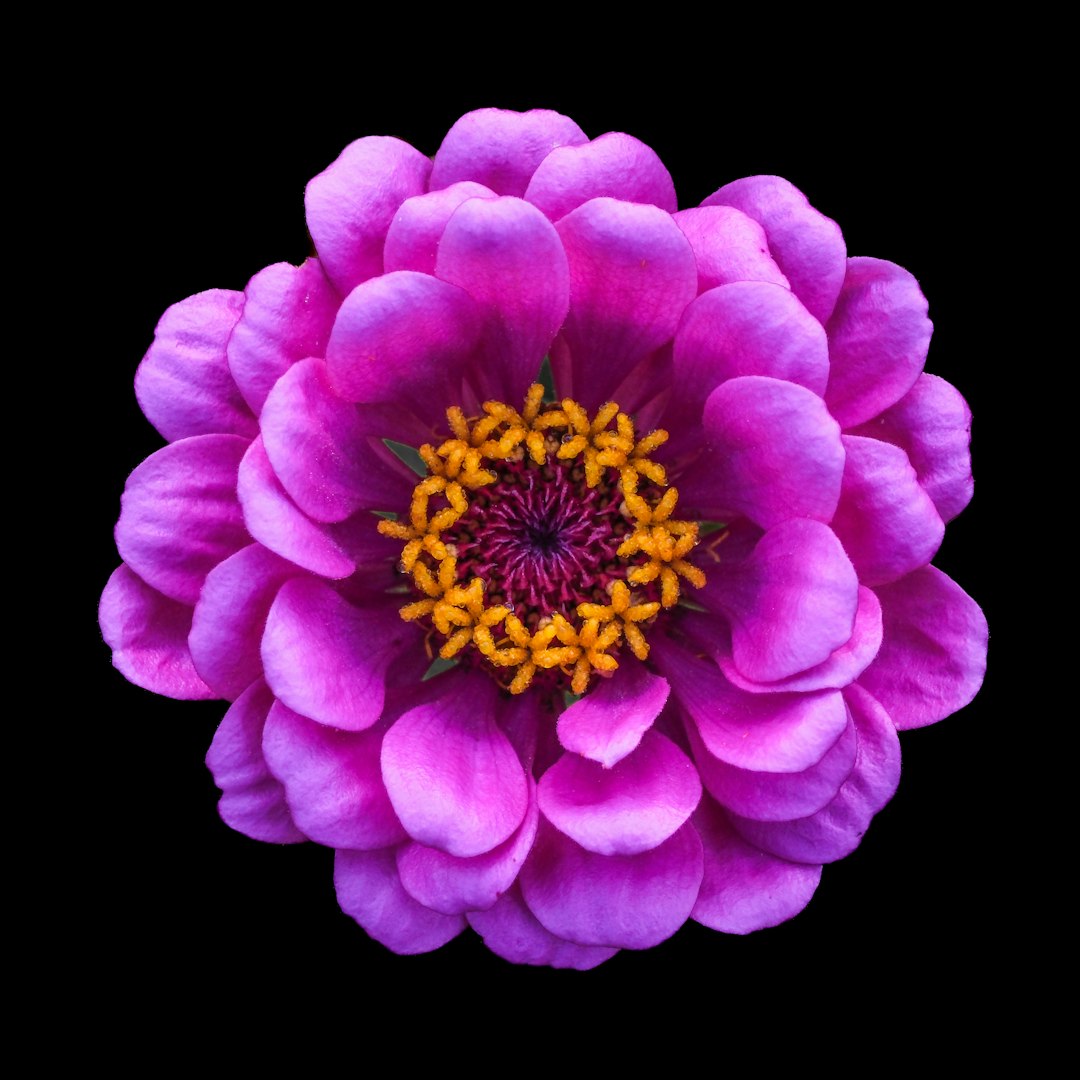The Enchanting World of Daisies in Your Garden

Daisies are one of the most beloved and recognizable flowers in the world. Their simple yet charming appearance has made them a staple in gardens, bouquets, and even children's stories. But when it comes to gardening, a common question arises: are daisies perennials or annuals? Let's delve into this topic and explore the prettiest versions of daisies to plant in your garden.
First, let's clarify the difference between perennials and annuals. Annual plants complete their life cycle in one growing season. They germinate, grow, flower, produce seeds, and then die all within a single year. Perennial plants, on the other hand, live for more than two years. They die back to the ground in the winter but regrow from their roots in the spring.
So, are daisies perennials or annuals? Well, it depends on the type of daisy. Some daisies are perennials, while others are annuals. For example, the Shasta daisy (Leucanthemum x superbum) is a popular perennial daisy. It features large, white petals surrounding a bright yellow center, creating a classic and elegant look. Shasta daisies are known for their hardiness and can thrive in a variety of soil types and sunlight conditions. They typically bloom from early summer to early fall, adding a splash of color to your garden during the warmer months.
Another well - known perennial daisy is the Oxeye daisy (Leucanthemum vulgare). This daisy has a similar appearance to the Shasta daisy but is often found growing in the wild. It has a more delicate look and can spread easily, making it a great choice for naturalistic or meadow - style gardens. Oxeye daisies prefer full sun and well - drained soil.
On the annual side, the African daisy (Osteospermum) is a popular choice. African daisies come in a wide range of colors, including shades of pink, purple, orange, and white. They have a unique, daisy - like appearance with petals that often have a darker center or a contrasting color on the underside. African daisies are heat - tolerant and love full sun. They bloom profusely from spring to fall, making them a great addition to containers or flower beds.
The English daisy (Bellis perennis) can be either an annual or a short - lived perennial, depending on the climate. It is a small, low - growing daisy with pink, white, or red flowers. English daisies are often used as edging plants or in rock gardens. They prefer cooler temperatures and partial shade, making them a good choice for spring and fall displays.
When choosing daisies for your garden, it's important to consider your local climate and soil conditions. Perennial daisies are a great investment as they will come back year after year, providing long - term beauty to your garden. Annual daisies, on the other hand, offer a quick and colorful solution for a single growing season. You can also mix and match different types of daisies to create a diverse and visually appealing garden.
To plant daisies, start by preparing the soil. Loosen the soil to a depth of about 12 inches and add some compost or well - rotted manure to improve its fertility and drainage. If you're planting seeds, follow the instructions on the seed packet for the appropriate planting depth and spacing. For seedlings, dig a hole slightly larger than the root ball and gently place the plant in the hole. Backfill the hole with soil and water thoroughly.
Once your daisies are planted, they require regular care. Water them deeply but infrequently, allowing the soil to dry out slightly between waterings. Fertilize them once a month during the growing season with a balanced fertilizer. Deadhead the spent flowers regularly to encourage more blooms. In the winter, for perennial daisies, you can cut back the foliage to the ground after it has died back.
In conclusion, daisies are a wonderful addition to any garden. Whether you choose perennials or annuals, there are countless beautiful varieties to choose from. With a little care and attention, you can enjoy the charm and beauty of daisies in your garden for years to come.